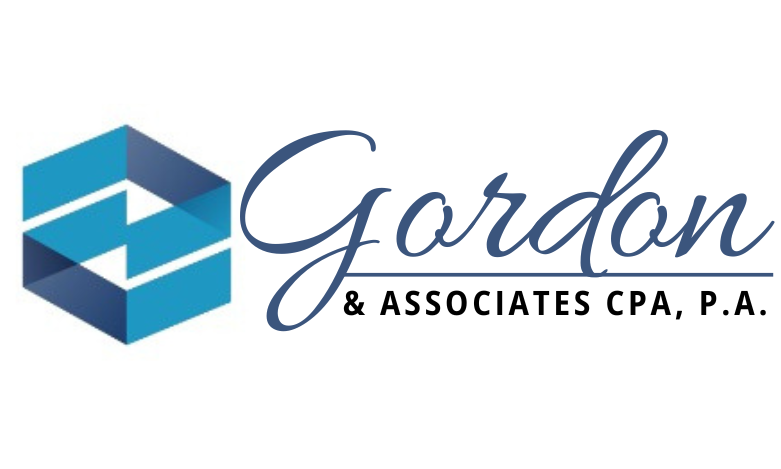The Benefits of Cost Segregation for Real Estate Investors

Cost segregation is more than just a tax strategy—it’s a financial tool that can transform the economics of real estate investments. By accelerating depreciation deductions, property owners can unlock cash flow, reduce tax liabilities, and improve the overall return on investment. This blog highlights the key benefits of cost segregation for real estate investors.
What is Cost Segregation?
Cost segregation involves breaking down a property’s components into different asset classes, each with a specific depreciation schedule. This approach allows certain components to be depreciated over shorter periods, resulting in larger deductions in the early years of ownership.
Key Benefits of Cost Segregation
1. Accelerated Depreciation
By reclassifying components of a property into shorter depreciation schedules (e.g., 5, 7, or 15 years), property owners can claim larger deductions early in the ownership period.
Impact:
- Increased tax savings upfront.
- Greater financial flexibility for reinvestment or debt reduction.
2. Increased Cash Flow
Cost segregation allows property owners to retain more cash by reducing taxable income. This increased cash flow can be used for:
- Expanding your property portfolio.
- Covering operational expenses.
- Investing in other areas of your business.
3. Reduced Tax Liability
Larger depreciation deductions lower your taxable income, which can significantly reduce your overall tax liability. This is especially beneficial for high-income investors seeking to offset other earnings.
4. Eligibility for Bonus Depreciation
The Tax Cuts and Jobs Act introduced 100% bonus depreciation for assets with a useful life of 20 years or less. Cost segregation helps identify these assets, enabling property owners to deduct their full cost in the year they are placed in service.
Example: If $300,000 worth of assets qualifies for bonus depreciation, you can deduct the entire amount in the first year.
5. Enhanced ROI
The combination of reduced tax liability and increased cash flow improves the overall return on investment (ROI) for real estate properties.
6. Flexibility for Future Investments
The cash flow savings from cost segregation can be reinvested into additional properties or used to improve existing ones, fueling business growth and expansion.
7. Estate and Succession Planning Benefits
Accelerated depreciation can lower the taxable value of your estate, reducing the estate tax burden for your heirs.
Tip: Work with a tax advisor to incorporate cost segregation into your broader estate planning strategy.
8. Compliance and Audit Protection
Professional cost segregation studies provide detailed documentation that complies with IRS guidelines, reducing the risk of disputes during audits.
Case Study: The Financial Impact of Cost Segregation
Scenario:
- A real estate investor purchases a $2 million commercial property.
- Without cost segregation: The property is depreciated over 39 years, with an annual deduction of $51,282.
- With cost segregation: $600,000 worth of components are reclassified into shorter schedules, leading to first-year deductions of $200,000.
Outcome: The investor saves approximately $148,718 in taxes in the first year, providing cash flow to reinvest in additional properties.
The benefits of cost segregation go beyond tax savings—it’s a strategic tool for building long-term wealth in real estate. By accelerating depreciation, reducing tax liability, and increasing cash flow, investors can unlock significant financial advantages. If you own real estate, consider a cost segregation study to maximize the potential of your investments.
Ready to take advantage of cost segregation benefits? Contact us today to learn how we can help you achieve your financial goals.
Subscribe to our newsletter to receive our latest blog directly to your inbox.




